As organizations unlock the potential of connectivity, data, and AI, APIs emerge as the critical enablers of innovation. Not all APIs are created equal, though. This article explores the most relevant API styles—REST, AsyncAPI, gRPC, GraphQL, and SOAP— providing key insights, the main use cases, as well as the pros and cons of each style. The goal is to help decision-makers make informed decisions in their API journey.
Whether you are looking into consuming 3rd party APIs or deciding the best architectural style for your API Strategy, making the right API Style assessment can significantly impact the time to market, user experience, performance, and security of your digital products.
REST
REST stands for Representational State Transfer. REST is an architectural style created by Roy Fielding in 2000 and provides a simple and uniform approach for synchronous communications between clients (API consumers) and servers (API producers) leveraging the existing infrastructure of the internet. REST’s core principle is accessing and manipulating resources using the HTTP protocol. Some examples of REST API calls include retrieving information about a product, updating its price, or searching for products matching specific characteristics.
REST is the most used API Style by far, as highlighted by the latest Postman’s State of the APIs report, where 90% of developers use REST APIs. It is important to call out the OpenAPI specification (formerly Swagger specification) as the open-source standard to describe REST APIs. The OpenAPI Specification ensures clarity and interoperability among stakeholders by providing a structured and machine-readable format to describe REST APIs.
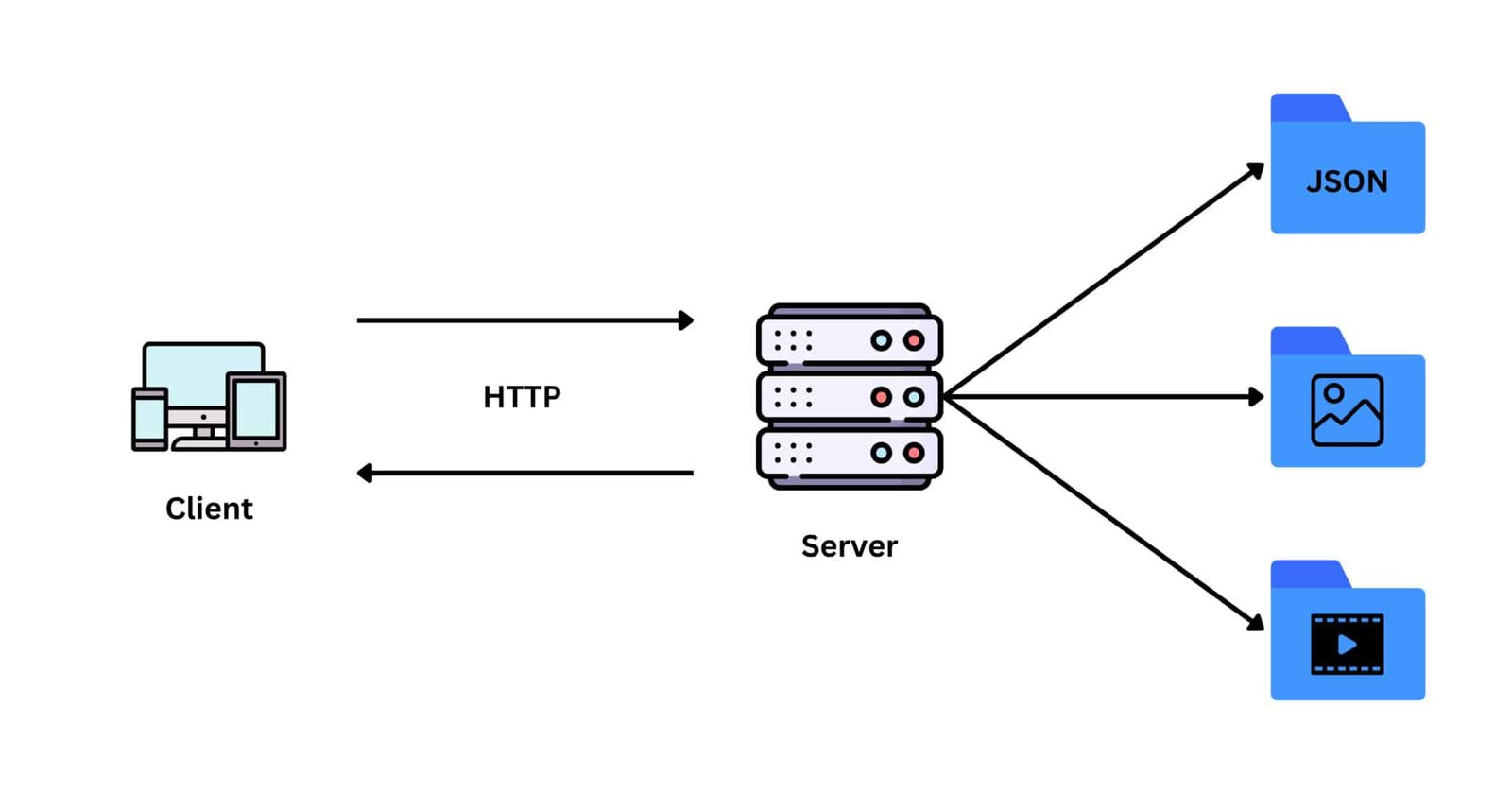
REST Benefits
Scalability: REST APIs enhance system scalability by making client-server interactions more efficient. Its stateless nature reduces server load, and the availability of effective caching can reduce necessary communications, improving performance.
Flexibility: REST APIs ensure clear client-server separation, allowing the server’s logic and technology to evolve without affecting clients. Additionally, their layered architecture increases adaptability.
Independence: REST APIs operate independently of specific programming languages, enabling the use of any language on both the client and server sides without disrupting communication.
Ease of Implementation, integration, and maintenance: The use of the HTTP protocol and the extensive developer tooling available simplifies the development and integration of this type of API.
REST Weaknesses
Statelessness and real-time constraints: The stateless architecture of REST APIs, though efficient for web applications, struggles with event-driven and real-time communication needs.
Data fetching inefficiencies: REST APIs may encounter problems with over-fetching or under-fetching of data, leading to either unnecessary network traffic or the need for further requests to obtain missing information.
HTTP dependency: Although REST is great for web applications due to its HTTP foundation, this restricts its utility in scenarios where alternative communication protocols might be more effective, limiting its broader applicability.
When to use REST?
If you don’t have a strong reason to choose differently, REST is likely the best choice.
REST is great for standard web and mobile applications due to its simplicity, scalability, and compatibility with the web. REST is a great choice when planning to expose a public API because of its ease of integration.
EDA
Event-driven Architecture, or EDA, is a modern architecture style with a focus on the asynchronous production, detection, and consumption of events while events are actions or changes of state that are important to a business, like a customer placing an order. EDA enables organizations to react in real-time helping them to improve in a wide range of scenarios, from customer experiences to operational efficiency and more.
While OpenAPI specification is the open-source standard to describe REST APIs, AsyncAPI is the open-source standard to describe Event-driven architectures and asynchronous APIs. The AsyncAPI Specification provides a structured and machine-readable format to describe Event-driven architectures and asynchronous APIs.
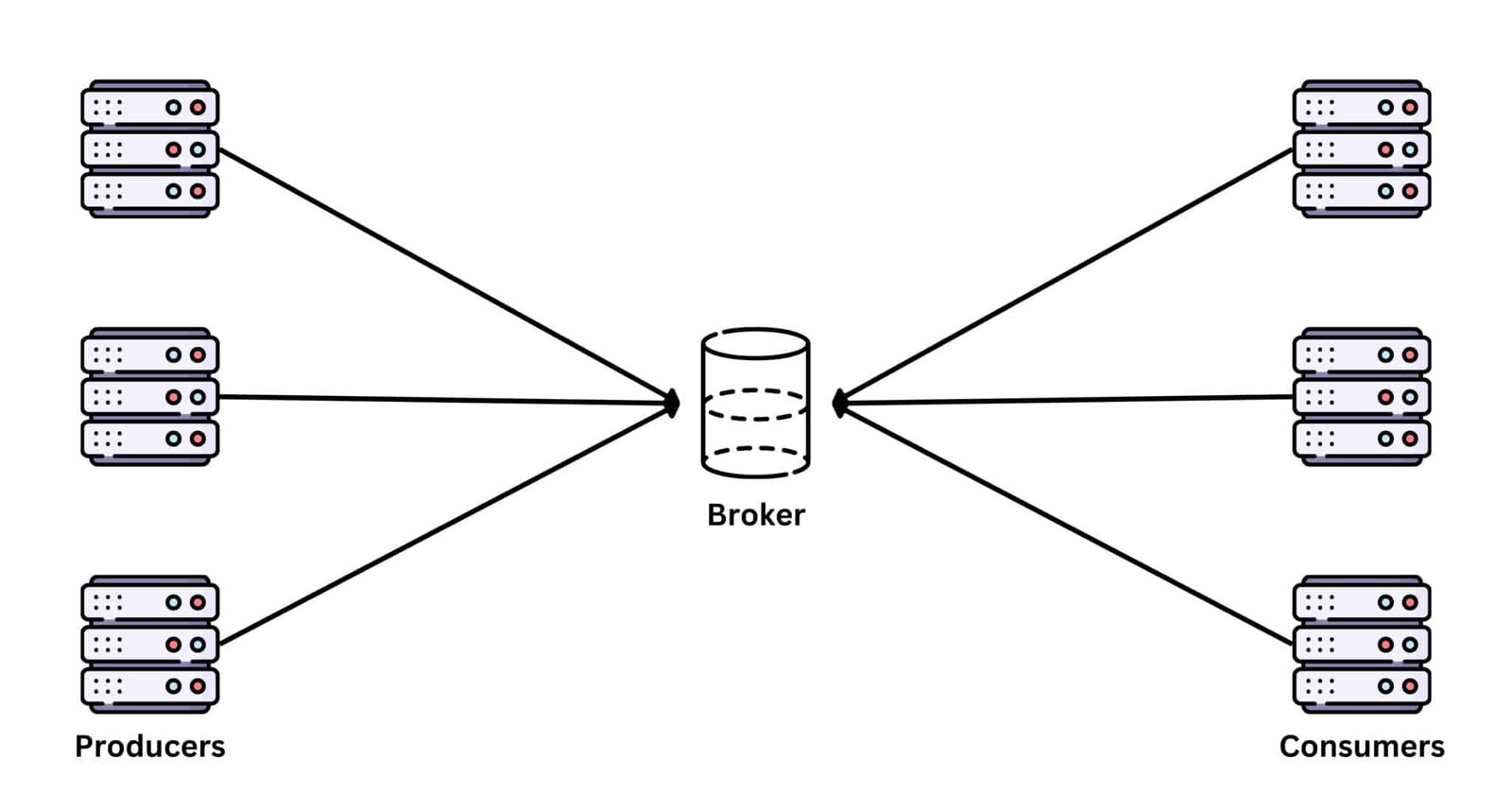
EDA Benefits
Real-Time communication: Event-driven architectures enable asynchronous communication between components, enhancing system responsiveness and efficiency for real-time operations without the need for immediate responses.
Scalability and flexibility: The inherent asynchronous nature of EDAs enhances scalability and adaptability, making them ideal for dynamic and evolving environments by allowing systems to adjust and scale seamlessly.
Enhanced user experience: By enabling quicker responses to events, event-driven architectures improve customer interactions, offering a more responsive and real-time user interface that enhances overall user satisfaction.
EDA Weaknesses
Added complexity: Event-driven architectures introduce complexity in implementing and managing asynchronous communication, especially when compared to the simpler REST approach.
Learning curve: The shift to an event-driven architecture paradigm presents some challenges for developers, particularly those new to asynchronous development techniques.
Debugging challenges: Debugging in event-driven architectures can be tricky due to the complex flow of events across various system components.
When to use EDA?
Choose EDA when your application needs to respond to events in real-time, making it ideal for applications like real-time data processing and IoT systems that demand high scalability and flexibility.
gRPC
gRPC is a powerful open-source framework created by Google in 2015 for working with Remote Procedure Calls (RPC) and built on HTTP/2. In Remote Procedure Calls (RPC), the client (API consumer) makes a remote call to a function (also known as method or procedure) on a server (API producer).
gRPC utilizes Protocol Buffers for efficient data exchange, making it an excellent choice for performance-critical applications. Additionally, gRPC introduces the concept of streaming, allowing multiple processes to occur within a single call, which further enhances its versatility and efficiency. gRPC can be used in some EDA scenarios as well.
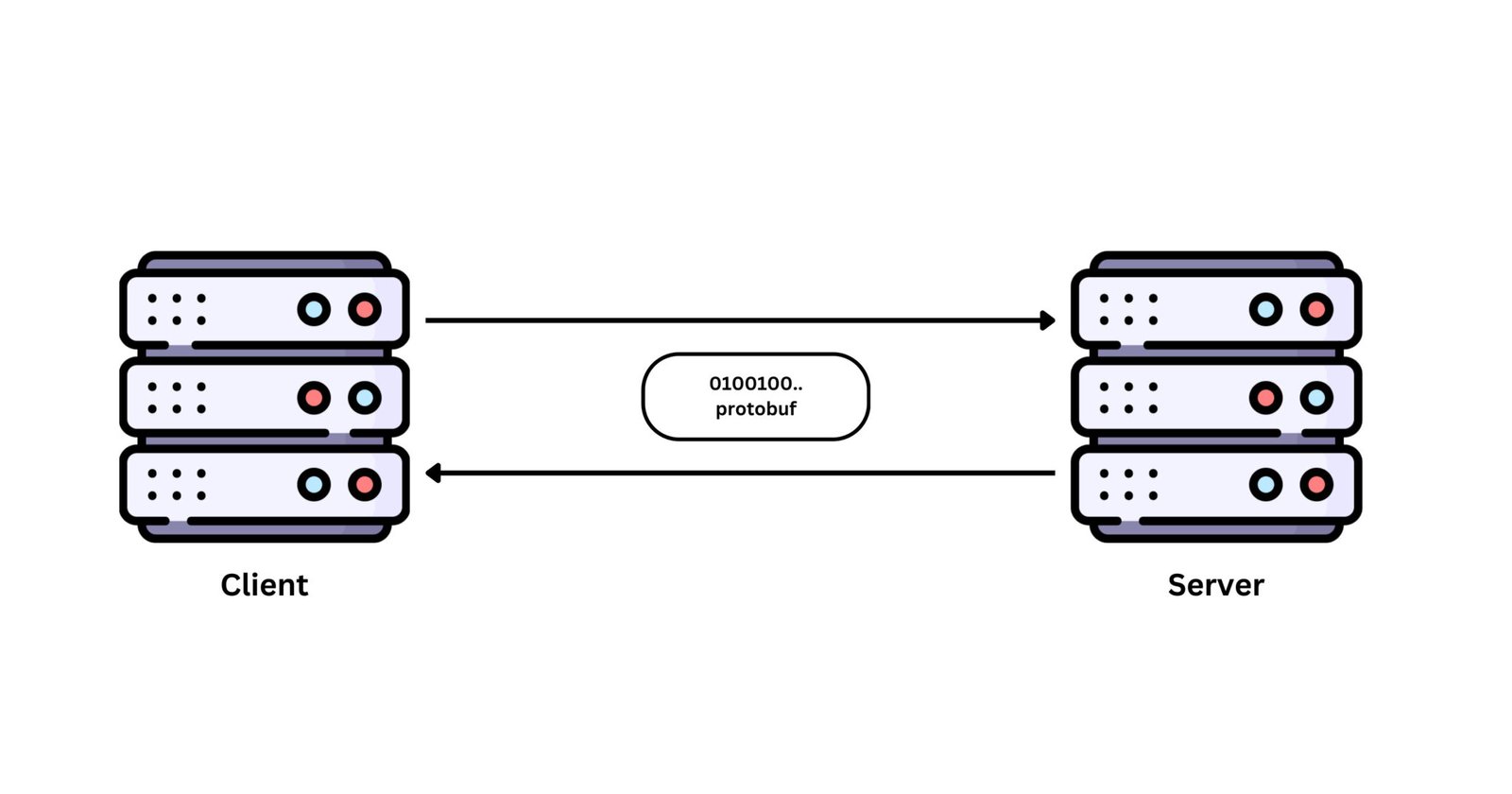
gRPC Benefits
Low-Latency: gRPC is highly effective in environments where efficient communication is crucial, offering low-latency exchanges between clients and servers.
High performance: gRPC enhances data transmission efficiency, making it particularly suitable for architectures where performance is key.
Bidirectional streaming: gRPC facilitates bidirectional streaming, allowing for seamless real-time communication between clients and servers.
gRPC weaknesses
Implementation complexity: The implementation of gRPC can add complexity, particularly in situations where high performance is not critical.
Learning curve: The shift to gRPC presents some challenges for developers, especially those unfamiliar with RPC frameworks and Protocol Buffers.
HTTP/2 Dependency: gRPC’s reliance on HTTP/2 for communication may restrict its use in network environments where HTTP/2 is not fully supported or optimal.
When to use gRPC?
gRPC is a great choice when high speed and high performance are critical. Its low latency and bidirectional streaming capabilities make gRPC ideal for IoT devices and real-time data streaming applications.
GraphQL
GraphQL is an open-source query language and runtime introduced by Facebook in 2012, quickly gaining popularity among developers handling large-scale front-end applications. It revolutionizes API development by empowering clients to request only the data they need, minimizing unnecessary data transfer and optimizing performance.
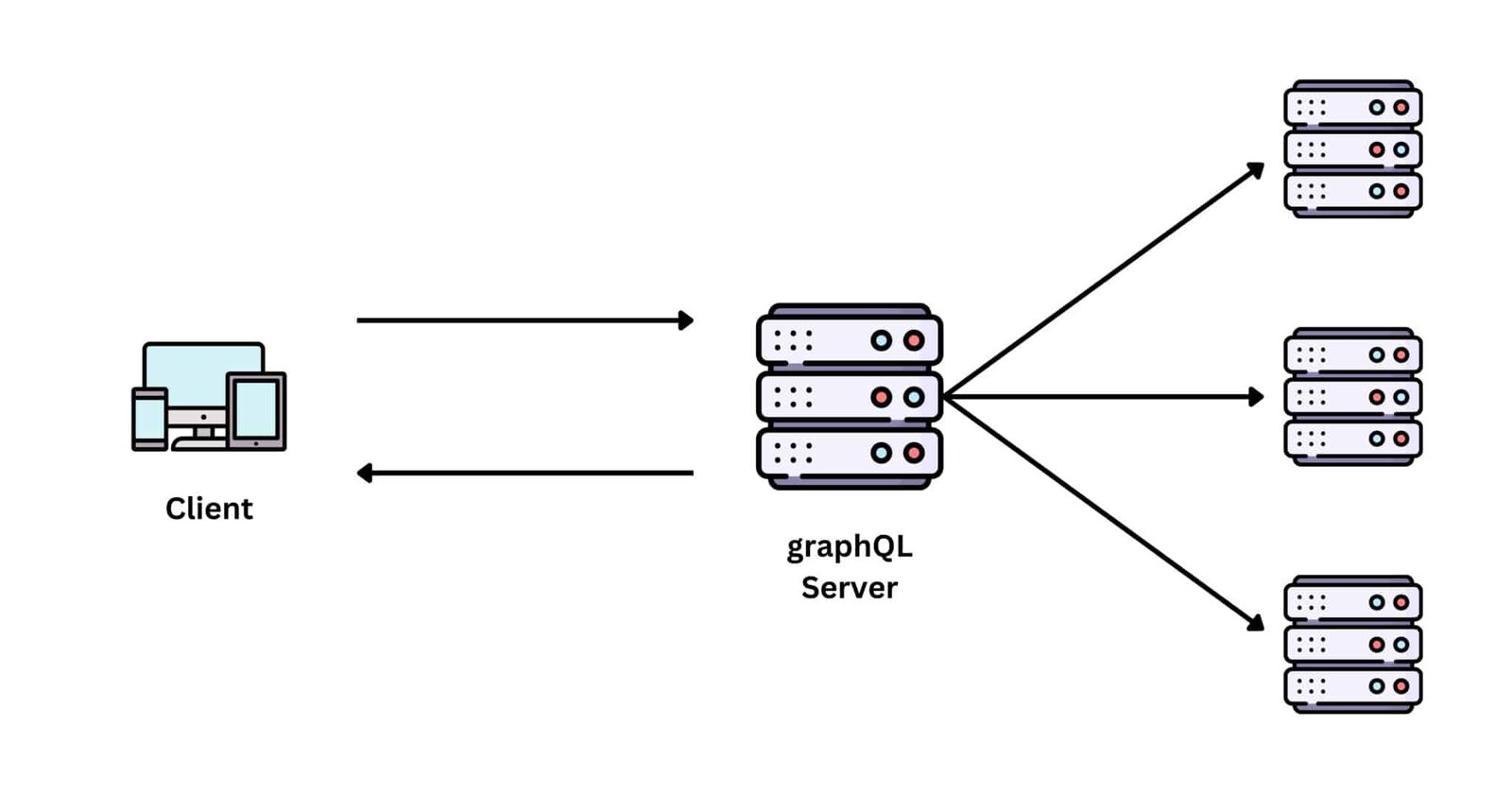
GraphQL Benefits
Flexible data fetching: By enabling clients to specify exactly what data they need, GraphQL reduces over-fetching, ensuring that only necessary data is fetched.
Efficient communications: GraphQL enhances communication efficiency by allowing clients to gather all needed data in a single request, streamlining the data retrieval process.
Adaptability for evolving requirements: GraphQL is exceptionally suited for applications with changing or diverse data requirements, facilitating easy adaptation and evolution.
GraphQL Weaknesses
Learning curve: The transition to GraphQL requires developers to become acquainted with its unique syntax and querying concepts, which may pose a learning challenge initially.
Security considerations: GraphQL can expose applications to security risks without proper query controls and permissions.
Risk of complexity in Simple Use Cases: Employing GraphQL for straightforward data retrieval tasks may unnecessarily increase the architecture’s complexity.
When to use GraphQL?
Choose GraphQL when flexibility in data retrieval is crucial, allowing clients to request specific data while minimizing over-fetching. It’s great for mobile and web applications and scenarios with diverse and evolving data requirements.
SOAP
Originally developed by Microsoft in 1998, SOAP is an acronym for the Simple Object Access Protocol. SOAP is a messaging protocol that uses XML-based remote procedure calls (RPC) to exchange information between a client (API consumer) and a server (API producer). WSDL (Web Service Description Language) is the specification used for describing SOAP APIs.
SOAP is designed for interoperability. Though considered the older of the group, it still finds use in enterprise-level integrations and scenarios requiring strict standards and security.
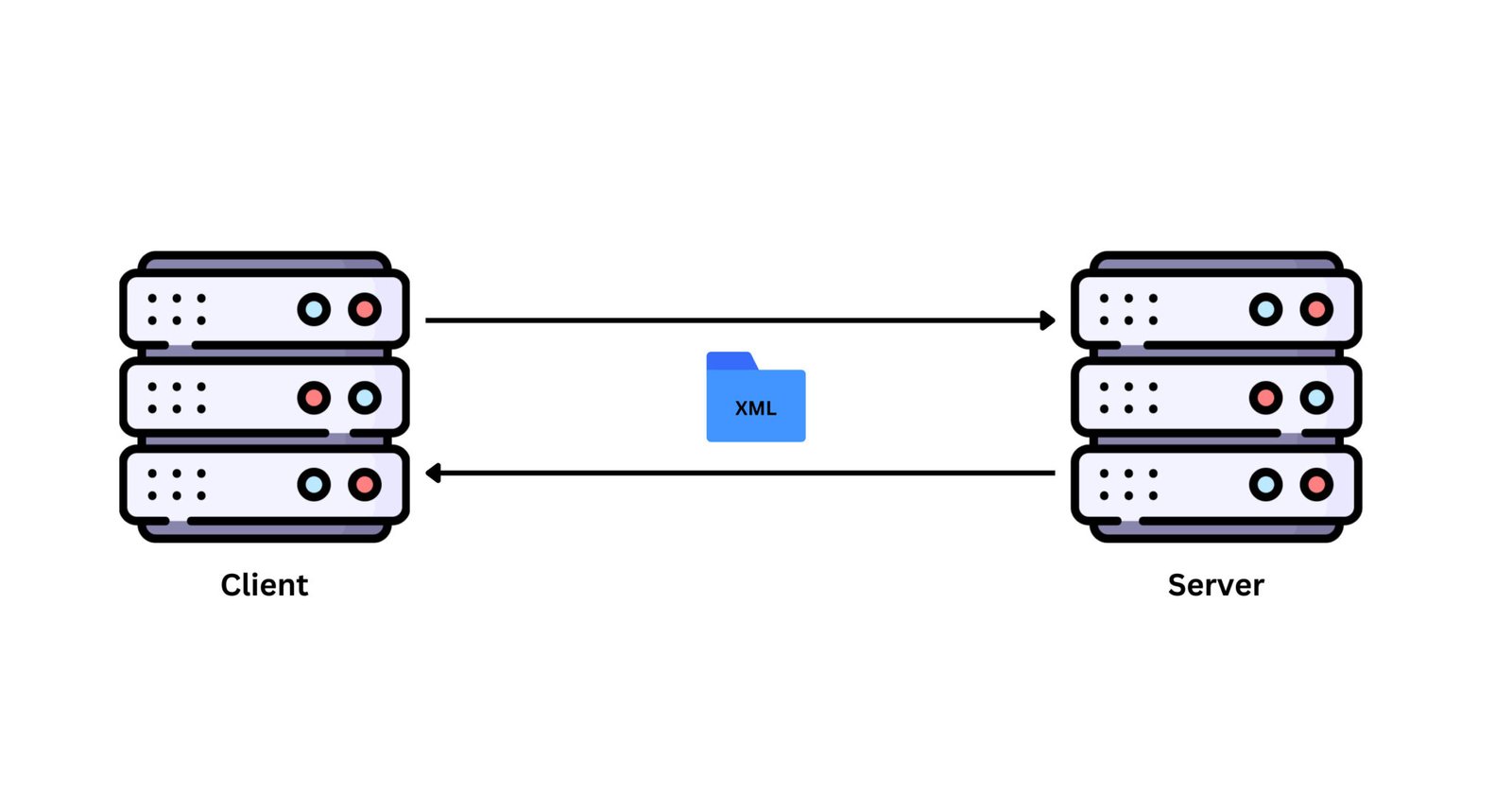
SOAP Benefits
Adherence to standards: SOAP adheres to strict communication standards, offering high consistency and predictability in data exchange, essential for interoperability.
Security: With its wide range of security protocols, SOAP works great for securing communications, making it ideal for transactions where data integrity and confidentiality are critical.
Enterprise reliability: SOAP excels in enterprise integrations and critical business applications, showcasing its reliability where it’s most essential.
SOAP Weaknesses
Increased complexity: The detailed standards and protocols of SOAP contribute to its complexity, making it more cumbersome than other API styles.
Performance considerations: Due to its XML-based messaging format, SOAP may incur additional performance overhead, particularly in bandwidth-sensitive environments.
Inflexibility: SOAP’s strict specification can limit its flexibility, especially when compared to modern API styles.
When to Use SOAP?
SOAP is suitable for enterprise-level integrations, scenarios demanding strict standards, and situations where a higher level of security and reliability is crucial. It is still heavily used in financial services, payment gateways, and telecommunication services.
Final Notes
There’s no one-size-fits-all API style. Each style comes with its own set of advantages and disadvantages. The crucial first step is to start from the problem you are trying to solve. From there, select the API style that aligns best with the use case, all while considering your organization’s unique capabilities. For guidance, refer to the simplified decision diagram provided below. For a more in-depth exploration, consider this version from Phil Sturgeon.
The beauty of it all? As your API strategy matures, you’ll naturally find yourself embracing multiple styles. This not only enhances your organization’s adaptability but also supercharges its efficiency.
Explore more articles:
David Roldán Martínez: API Economy
Blockchain: Enhancing Transparency and Traceability in Supply Chain

With over 20 years in technology leadership, I specialize in API and Developer Relations Strategies that resonate deeply within the Developer Community. My expertise lies in bridging the gap between people and technology to meet business objectives and developing high-performing teams that not only excel in execution but also care about engineering culture. My journey has taken me from startups to large enterprises, consistently driving growth, fostering innovation, and always striving to have a meaningful impact within the Developer Community.









